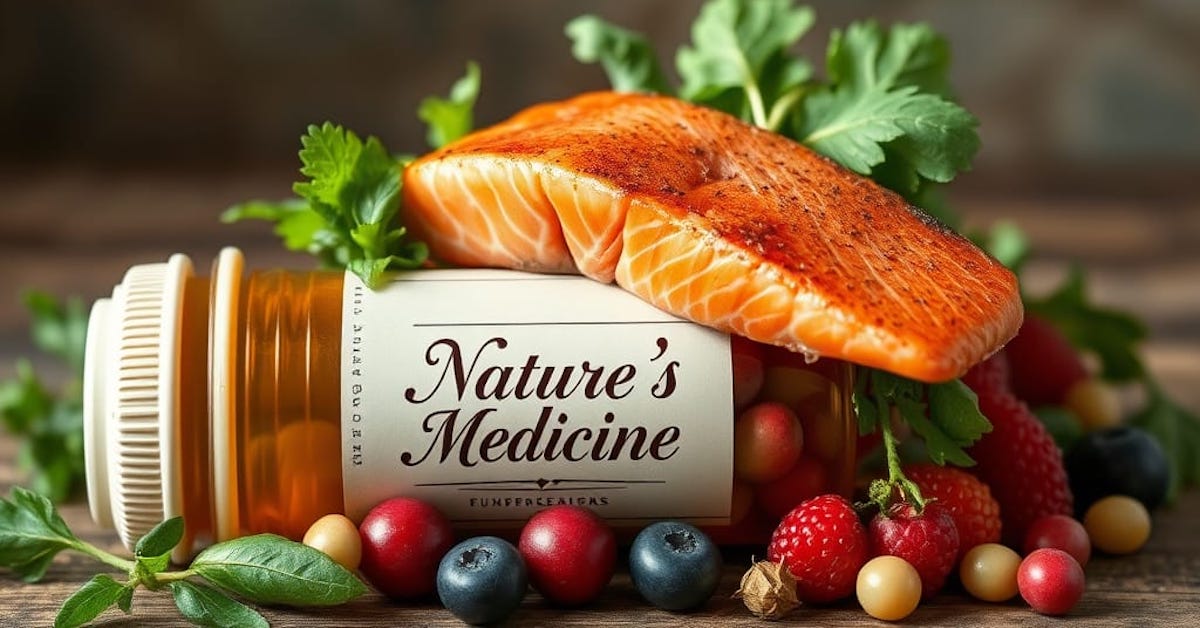I never truly grasped how devastating type 2 diabetes could be until I witnessed it take the life of a client. The diabetes I saw had absolutely no mercy. It unleashed a relentless, vicious attack.
My client endured three leg amputations, glaucoma, Parkinson’s disease, and was on regular dialysis. Toward the end, he was confined to a bed or wheelchair with little to no motor function. Bedsores were frequent, and he often drifted in and out of consciousness.
It was heartbreaking. Here was a well-known public figure with a team of healthcare professionals treating him, yet his condition rapidly declined—and eventually, it was too late.
The Breakfast That Told a Story
Before diabetes took its full toll, I noticed something. I used to train this client and his wife at their home two mornings a week. Occasionally, I’d catch him eating breakfast—and it was always the same: a bowl of cereal with low-fat milk and half a banana, a glass of orange juice, and a cup of black coffee.
Lunch and dinner weren’t much different—mostly processed, packaged, and refined foods, high in carbohydrates and low in protein and fat. Of course, insulin was used to manage the blood sugar spikes.
I couldn’t wrap my head around the logic of spiking blood sugar through high-carb meals and then relying on insulin to bring those levels down. Those massive spikes and crashes are incredibly damaging over time.
One day, I gently suggested a different approach: a diet based on natural, unprocessed foods, with more protein and healthy fats, and fewer carbohydrates. His condition was getting worse—why not try something different?
“I can’t,” he said. “This is what the dietician tells me to eat, so I do what she says. She’s the expert.”
How to Make Sense of It All
There are many factors behind the progression of diabetes, but diet is undeniably one of the biggest. For some, a high-carb diet combined with insulin injections may help manage the disease for a while. But in my client’s case, it clearly didn’t.
It just doesn’t make sense to consume large amounts of carbohydrates when insulin resistance is present—only to use medication to counteract the effects. A better approach is to shift your metabolism toward using fat as a primary fuel source, improving insulin sensitivity in the process.
In fact, research shows that the heart and brain can function 25% more efficiently on ketones (a byproduct of fat metabolism when carb intake is low) than on glucose. So you won’t suffer mentally or physically by cutting back on sugar.
But you will suffer if your blood sugar levels remain elevated. Sugar acts like shards of glass in the cardiovascular system. It feeds cancer cells. It accelerates cognitive decline and increases the risk of Alzheimer’s disease. The list goes on.
Play Your Cards Right
Even if you’ve been dealt a tough genetic hand when it comes to diabetes, that doesn’t mean you’re destined to lose. Epigenetics teaches us that lifestyle choices can influence how your genes express themselves. You’re not powerless—even when the odds are stacked against you. Learn more here.
If you have type 2 diabetes and the conventional approach isn’t working for you, consider an alternative path:
- Eat clean, whole foods—free from toxins, additives, artificial hormones, and GMOs.
- Include healthy fats, including saturated fats like coconut oil, grass-fed butter or ghee.
- Choose quality protein from grass-fed meats, pasture-raised animals, and wild-caught fish and seafood.
- Stick to fibrous, nutrient-dense carbohydrates from organic vegetables and whole sources.
- Exercise regularly, using short bursts of moderate- to high-intensity movement like weight training to improve insulin sensitivity.
- Prioritize high-quality sleep every night.
And, of course, consult your physician before you take such a “life-altering” approach.

How One Man Reversed His Diabetes Naturally in Just 7 Days
Not long ago, a couple in their mid-fifties came to see me for help with their health. Both were overweight,

Meat: A Friend, Not a Foe
A new meta-analysis confirms what I’ve been saying for years: minimally processed beef has minimal to no impact on most

Wake Up, America: You’re Headed in the Wrong Direction!
Over the past three decades, the health of Americans has taken a dramatic downturn. What was once a rarity has
follow
Error: No feed with the ID 2 found.
Please go to the Instagram Feed settings page to create a feed.
